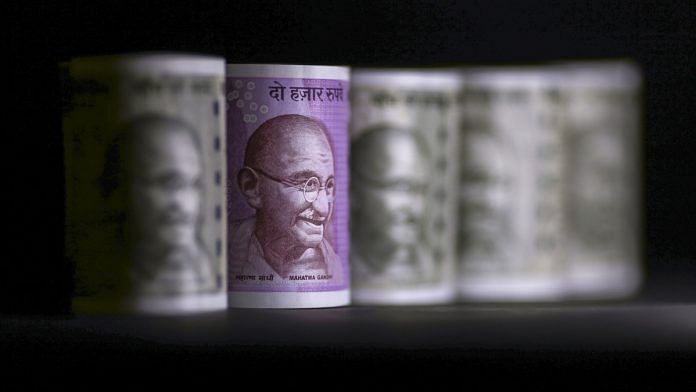Mumbai: India’s shadow banks are benefiting from a drop in borrowing costs after government stimulus steps, but the troubled sector faces more challenges ahead as the economy reels from the pandemic.
The lenders’ borrowing costs declined in June for a second straight month, according to a gauge that’s among four indicators compiled by Bloomberg to check on the health of the industry. But the fall is primarily because of easy cash conditions in the nation’s banking system and not because businesses have strengthened, according to Sundaram Asset Management Co.
“India’s economic outlook is uncertain, and chances are high financial health of these companies deteriorates further,” said Dwijendra Srivastava, chief investment officer for debt at Sundaram Asset.
Worries are mounting that bad debt at shadow financiers may rise as the world’s strictest stay-at-home measures to contain the coronavirus have hammered the nation’s business and left millions jobless. Moody’s Investors Service last month warned that the stress among these lenders may be deeper and broader than it thought as S&P Global Ratings cut credit scores of several such firms citing liquidity risks.
It’s imperative that the health of shadow banks improve because they form the backbone of the Indian economy and lend to everyone from small merchants to business tycoons. Prime Minister Narendra Modi needs to kick-start lending to revive economic growth that’s set to shrink for the first time in four decades this year.
The Bloomberg check-up of the sector’s health also showed that the other three measures were unchanged from the previous month. The scores attached to each of the indicators have been calculated by normalizing the deviation of the latest value of the indicator from its yearly average and have been assigned on a scale of 1 to 7, with 1 implying weakness and 7 showing strength.
India’s non-bank companies were first hit almost two years ago when a major infrastructure financier IL&FS Group defaulted. Risks roared back when Dewan Housing Finance Corp. and Altico Capital India Ltd. also didn’t honor their debt repayments last year. Sentiment soured again this year when a big buyer of the sector’s debt fell prey to the contagion from the shadow-lender crisis.
To arrest the fallout and help firms amid the pandemic, the government in its latest move in May announced a $277 billion virus-relief package, which included a 750-billion-rupee ($10 billion) special credit line for shadow financiers. The central bank slashed its benchmark repurchase rate to the lowest level since at least 2000 and kept doors open for more easing.-Bloomberg
Also read: High production costs, compliance burden won’t let India emulate China, says PM’s advisor



